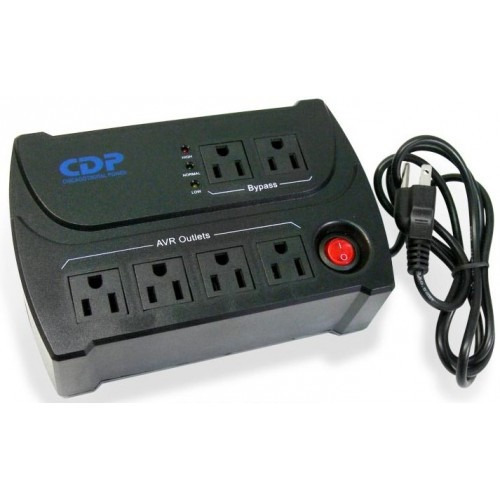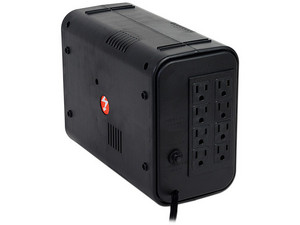

Quiescent Current IB 3.2 6.5 mAQuiescent Current Change IB mAħ.0 Vdc Vin 25 Vdc 0.3 1.05.0 mA IO 1.0 A (TA = 25C) 0.08 0.8 Line Regulation (Note 2) Regline mV7.5 Vdc Vin 20 Vdc, 1.0 A 0.5 208.0 Vdc Vin 12 Vdc 0.8 10 This device contains 22 active transistors.ĮLECTRICAL CHARACTERISTICS (Vin = 10 V, IO = 500 mA, TJ = Tlow to Thigh, unless otherwise noted.)MC7805C/LM340T5 Storage Junction Temperature Range Tstg 65 to +150 C TA = 25C PD Internally Limited WThermal Resistance, JunctiontoAmbient RJA 65 C/WThermal Resistance, JunctiontoCase RJC 5.0 C/WĬase 936 (D2PAK)TA = 25C PD Internally Limited WThermal Resistance, JunctiontoAmbient RJA See Figure 13 C/WThermal Resistance, JunctiontoCase RJA 5.0 C/W Input Voltage (5.0 18 V) VI 35 VdcInput Voltage (24 V) 40Power DissipationCase 221A MAXIMUM RATINGS (TA = 25C, unless otherwise noted.)Rating Symbol Value Unit Junction Temperature Range of 40C to +125CĭEVICE TYPE/NOMINAL OUTPUT VOLTAGEMC7805AC Packages Previous Commercial Temperature Range has been Extended to a

Output Current in Excess of 1.0 A No External Components Required Internal Thermal Overload Protection Internal Short Circuit Current Limiting Output Transistor SafeArea Compensation Output Voltage Offered in 2% and 4% Tolerance Available in Surface Mount D2PAK and Standard 3Lead Transistor Although designedprimarily as a fixed voltage regulator, these devices can be used withexternal components to obtain adjustable voltages and currents. With adequate heatsinkingthey can deliver output currents in excess of 1.0 A.

These regulators employ internal current limiting,thermal shutdown, and safearea compensation. These voltage regulators are monolithic integrated circuits designed asfixedvoltage regulators for a wide variety of applications including local,oncard regulation. Values of less than 0.1 F could cause instability. These two digits of the type number indicate nominal voltage.Cin is required if regulator is located anappreciable distance from power supplyfilter.CO is not needed for stability however,it does improve transient response.

Heatsink surface (shown as terminal 4 incase outline drawing) is connected to Pin 2. The input voltagemust remain typically 2.0 V above the outputvoltage even during the low point on the inputripple voltage.XX, A common ground is required between theinput and the output voltages.


 0 kommentar(er)
0 kommentar(er)
